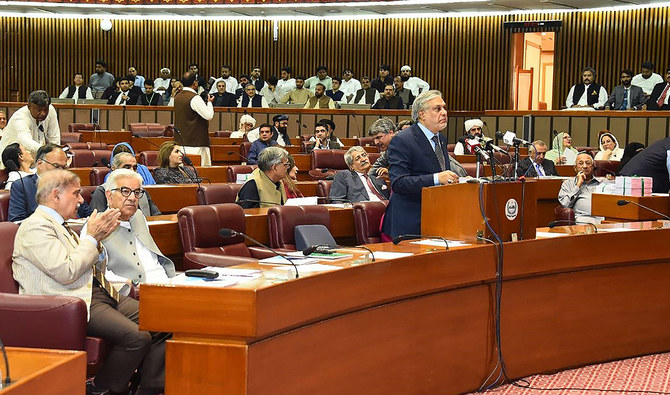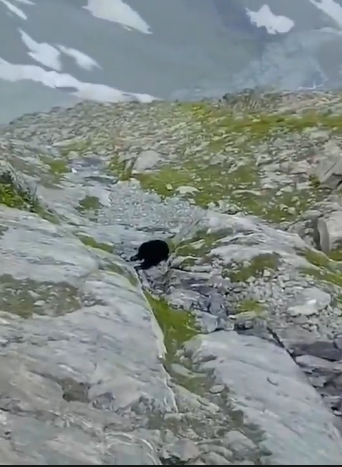KARACHI: Pakistan is speaking to its bilateral creditors to restructure its debt, the cash strapped country’s finance minister said on Friday.
Pakistan’s IMF program runs out this month with about $2.5 billion in funds yet to be released as it struggles to strike an agreement with the lender, as it grapples with record inflation, fiscal imbalances and critical levels of reserves that cover barely a month worth of imports.
Bilateral creditors made up $37 billion of Pakistan’s debt in the fiscal year 2021, out of which $23 billion is owed to China, according to an IMF country report released last year.
Minister Ishaq Dar said, “We are in the process of engaging bilateral lenders to restructure debt,” speaking on Geo TV hours after presenting the country’s national budget.
“No haircuts will be made... Interest will be serviced, and principal payments will be staggered,” said Dar.
In order to unlock funding under its long-delayed 9th review, Pakistan is required to secure firm and credible financing commitments to close the $6 billion gap. The government has only been able to get commitments of $4 billion, mainly from Saudi Arabia and the United Arab Emirates.
The country has also rolled over debt from China as its reserves reach critical levels.

















